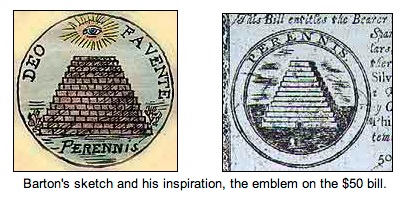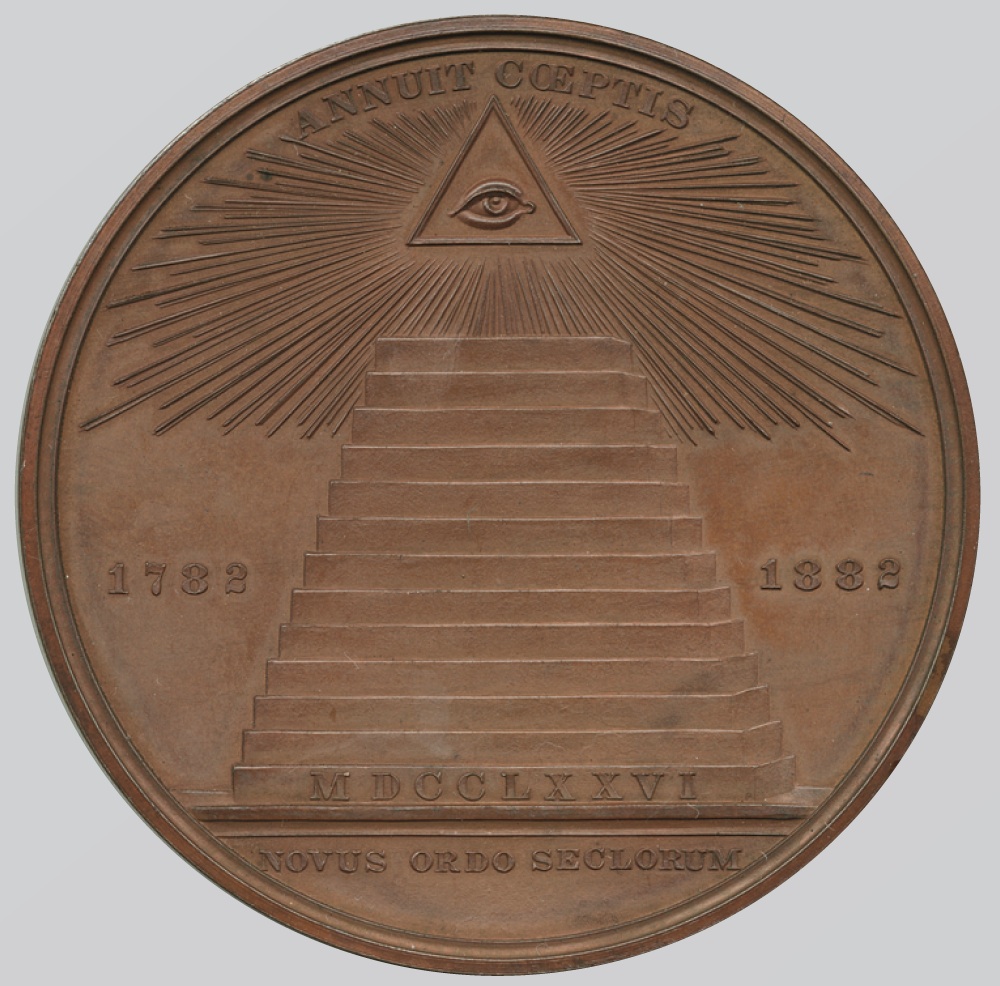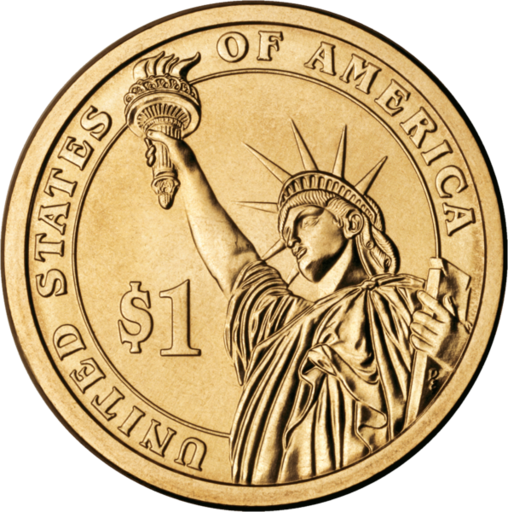The divergence is between Nixon's opinion of the Grove, and Alex Jones. Nixon just thinks it's "the most faggy goddamned thing you could ever imagine", whereas Alex (and presumably you) think it's a deadly serious ancient ritual of stupendous importance in world affairs.
Isn't Nixon quoted later as saying a speech he made at the Bohemian Grove was the high-point of his career, or something along those lines?
I always find discussions along these lines very interesting, if not a little difficult to follow considering. It's nice to see secular voices arguing it, and I think you both make some valid points. I agree with Mick entirely that the real and perceived links between Freemasonry, the 'illuminati', Alister Crowley and his chums, the bohemian grove and Madonna are as indicative of a single philosophical movement as the startling connections one can make through 'Six degrees of Kevin Bacon'. I agree with Oxy however that the use of symbolism and religious ritual prevalent in mass-media and pop-culture is being highly underestimated and unduly dismissed, seemingly out of the belief (misguided in my opinion) that all of society is reasoned enough to perceive these symbols and rituals as nothing but frivolous entertainment.
Madonna's super-bowl performance is a damn good example from both angles, so lets start there. While its easy to accurately point out Madonna's performance had little basis in any particular faith and was just a bunch of pseudo-Egyptian symbols being tossed around, there's also absolutely no question that what was being depicted was, indeed, a religious ritual. Call it a parody, call it a tribute, call it fashion, call it stupidity; it is what it is, and it's unquestionably a growing trend in pop-culture. Religious rituals and occult themes are becoming more and more prevalent in pop-culture, as is 'blasphemous' imagery that would have had christian Censors crapping themselves not 15 years ago. Whether you feel this is Satanic influence on the rise or just an exploitive trend in the industry doesn't matter much... Pop-culture is clearly and unquestionably elbowing in on the religious scene, and from many different angles. That the secular community can sit back and balk doesn't change the fact that there are a whole lot of young, impressionable and dissatisfied people out there looking for something, anything to believe in. When Ke$ha and Lady Gaga talk about how they practice witchcraft and commune with spirits, we can idly muse 'Well isn't that retarded...' but at the same time there's bound to be several dozen, several hundred, maybe several thousand tweens out there who really want to believe it. That it's all bullshit doesn't change the power of the ideal, and the industries of modern popular culture, already so very influential, are broaching into the fertile grounds of the natural search for greater meaning, what I see as the inherent, genetic 'training weight' of abstract thought, previously viciously coveted by religious institutions... using religious imagery and ritual forms to elevate itself to its own kind of Religion.
I also think the importance of America's highly romantic feelings toward Ancient Egypt, whether they represent a secret occult society or not, is of relatively high importance, and is too readily dismissed. Pyramids, obelisks, and other hallmarks of Egyptian rituals and faiths litter American culture, especially around its centers of power, making it entirely easy for an 'Illuminati' conspiracy theorist to point them out with ease, claiming their prevalence makes the existence of the secret society obvious. I'm not nearly so sure of that, but it does however clearly illustrate aspects of the American ethos that I personally feel are highly problematic, and a contributor to the highly inequitable distribution of wealth and authority. We hold the Pyramids in such high regard, citing them as a marvelous wonder, featuring them abundantly in our media for over a century now, studying them and the practices of the culture surrounding them far more thoroughly in school than the nation in which they are positioned, and always with a focus on what an incredible, daunting, nearly impossible achievement they were. That they broke the backs of thousands upon thousands of slaves is an aside, a footnote of minor importance. Rather than see the pyramids as shameful testaments to the power individual greed can have to inflict horror upon masses, they are seen as glorious monuments to human ingenuity, and are espoused as an ideal.
Oxy, you do understand that depression is not just 'not having a sunny view of the world'. It is caused by a malfunction in brain chemicals. It is just as real as diabetes or heart disease.
Your brain-chemistry and your thought processes aren't separate entities, nor does one only influence the other. It's well documented that a person's state of mind can have a powerful influence on brain-chemistry, and vice versa. Thus the chemical change for which clinical depression is diagnosed can indeed be brought on by a less than sunny life outlook or a state of prolonged melancholy, in the same way that prolonged isolation or stress can instigate forms of clinical psychosis. One does not necessarily cause the other. I also don't think it's entirely accurate to class depression in the same category as diabetes or heart disease.







